When we think of energy-saving technology, we don’t always think of water. But water and energy systems are highly interdependent: water is used in energy production, and energy is required to extract, treat, and deliver water. And, like clean and affordable energy, the availability of clean, safe, and sustainable water supplies is a pressing global challenge.
According to the World Data Lab, more than 2.3 billion people around the world live in water scarce regions, meaning regions with physically scarce water resources or scarcity due to institutional or infrastructure failures leading to poor quality water, including the United States. As global needs for water and energy continue to rise given projected population and economic growth worldwide, it will be critical that we continue to look for ways to more efficiently produce and use our water and energy resources.
Atmospheric Water Generation
One such opportunity is atmospheric water generation (AWG), an innovative technology that produces drinking water from humidity in the air. The system created by Watergen, an Israel-based company founded in 2009, uses a unique energy efficient module that produces water at the point of consumption, thereby reducing the need for energy intensive production, treatment, and transport, costly infrastructure, and the volume of plastic waste.
Energy Efficient
In essence, Watergen’s patented technology uses condensation as a means of producing fresh water. The system works by quickly moving air through a unique, energy-efficient heat exchange module; by moving air through its system in a very short time, the process is highly energy efficient, extracting the maximum amount of water from the air using less energy. The system is scalable and customizable and can be used for a wide range of daily quantities, enabling Watergen to supply fresh, clean drinking water to an entire town or village, or it can be scaled down to supply enough drinking water for private homes or offices. The system can produce one liter of clean drinking water using as little as 0.3 KWH in a wide range of climatic conditions, in temperatures ranging from about 60 to 100 degrees and relative humidity of ≥25%RH.
Hard Rock, AZ
This technology is already being used in communities around the world, including in Latin America, Africa, Asia, Europe, and right here in the United States. Just this past July, for example, Watergen demonstrated its highly mobile water-generating solution in the isolated town of Hard Rock, Arizona, part of the Navajo Nation in the northeast part of the state. Like much of Arizona, the Navajo Nation has been experiencing drought and extreme weather events, and the Navajo Tribal Utility Authority is encouraging residents to conserve water. The system Watergen brought to Hard Rock produces water from the air without the need for plumbing or municipal infrastructure and uses minimal electricity. While this system may not solve all of the water challenges Arizona’s tribal communities are facing, the innovative technology is helping to bring clean, affordable drinking water in an energy-efficient way to this water-stressed region.
Microsoft
But, drought-stricken communities aren’t the only ones to put AWG to use. For example, Microsoft is employing Watergen at its new building in Herzliya, just north of Tel Aviv, which the company has touted as the greenest building in Israel. Microsoft will use the Watergen technology to provide sustainable, energy efficient drinking water to its 2,000 employees there.
While atmospheric water generation may not solve global water and energy challenges, it is one example of how technology and innovation can identify new sources of water and energy, and help us produce and use them in a more efficient way. From arid, water-stressed regions in the developing world to densely populated urban corridors to high-tech multinational corporations, we can expect to see many more technologies like this in the near future.

